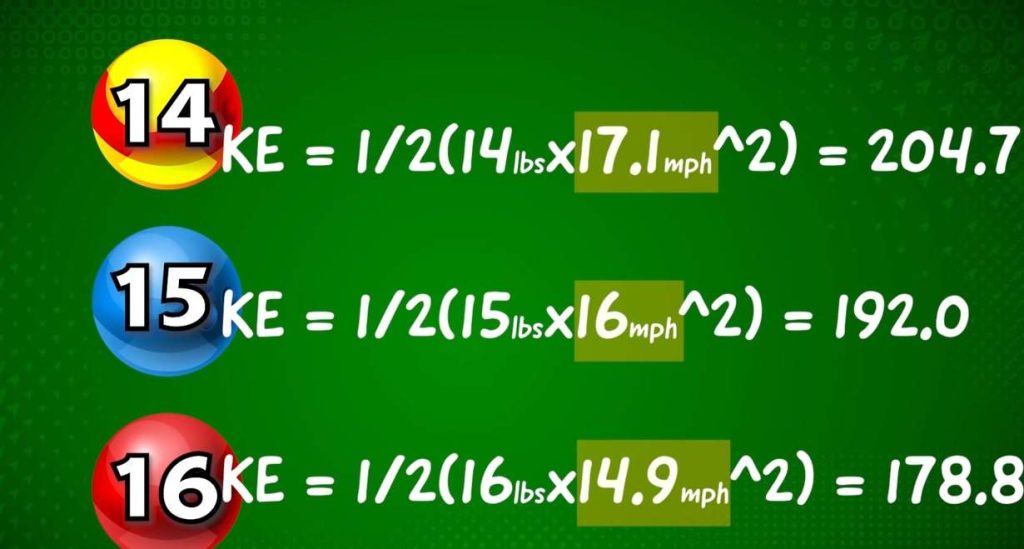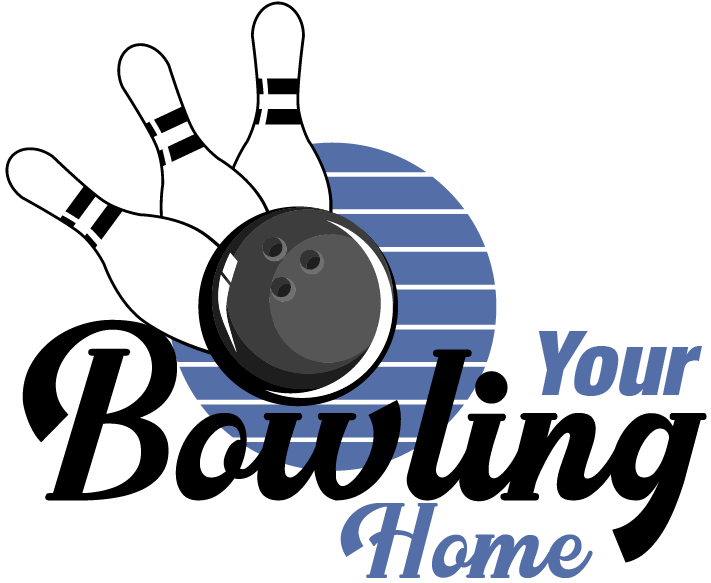The fastest way to enhance performance without growing your bowling skills is only one: Choosing the right ball.
If you pick the right ball that weighs just right, and get the finger holes drilled to fit yours better than a glove, you would get better results, even as an amateur.
While there is a limit to how well you would play without learning techniques and enhancing your skill, the right bowling ball would be a step up for you. So, let me help you find your perfect bowling ball.
Determine the Ideal Ball Weight

Deciding on the weight of your ball is hugely important. The average weight of a bowling ball is 6 to 7 Kg – but this does vary along with its diameter.
People use various weights due to personal preference and their build. A lighter-weight ball might be easy to handle but will have less weight behind it when colliding with the pins.
A heavier ball may make up for this, but bowling with them can also be more difficult, and they may also quickly lose momentum. You must think about your safety too – heavier doesn’t always mean better.
You want something you are comfortable holding; a ball that won’t cause too much strain on your muscles or back.
You must find the best ball with the highest speed for your skill. Maybe start lighter and see how it goes from there.
If you’re managing good speed and momentum without too much strain, try a heavier weight until it feels uncomfortable. If you get good momentum, a heavier ball is usually more effective. But be careful.
Find the Right Coverstock

‘What’s coverstock?’ I hear you ask. To put it simply, coverstock is the material on the outside of your bowling ball. Each material influences the ball’s reaction to lane conditions.
The coverstock can be made from plastic, proactive, urethane, and reactive resin.
Plastic has a smooth feel but less friction going down the lane, which makes it harder to hook (a ball that curves). It’s good for beginners, and professionals may use it to get a quick spare.
Urethane lasts longer and allows more friction, meaning this ball can achieve those hook shots much more easily.
With reactive resins, it’s best to try this as a professional, as it is highly sensitive to lane conditions. But once you get the hang of it, you’ll see that it’s much better for hook shots than plastic or urethane.
A proactive ball is very similar to reactive resins, but it only blends better with the oily lanes.
There are many different coverstocks, each with its benefits, and it can seem daunting – but the more you bowl, the more you’ll get used to what works and what doesn’t for you.
Understanding Different Types of Cores
You probably thought the inside of bowling balls were all the same, right? Some are just slightly heavier than others. But you’d be wrong. A lot of precision goes into the making of these balls.
First, you have symmetrical cores, which are similar around the axis. Being symmetrical gives the bowler a perfect grip on the ball at a great angle.
Asymmetrical cores have a high amount of weight in a specific spot. This is where things get very professional.
With a high weight in one area, players can perform shots that are different from a simple straight shot.
The first time you use one of these, you may be a little confused as to how it works, so these balls take a lot of practice to handle.
But once mastered, they can become your key to success.
Lastly, we have a pancake core. This core is in the shape of (you guessed it) a pancake. It creates a steady and balanced ball on quality lanes and, more importantly, is very reliable.
So there you go, three cores. Why not try them all out?
Check USBC Approval of the Ball
The USBC is the United States Bowling Congress. Sounds official, I know. This organization governs the world of bowling (not that it’s full of criminals), and has a certain number of characteristics and regulations when it comes to bowling balls.
This allows the manufacturing of bowling balls and keeps everything fair. There will be no cheaters in this game.
The USBC focuses on the coverstock, mass, and balance features of balls, to make sure no one has an unfair advantage.
You can check out their specifications online, and all balls that you purchase should show clear approval from the USBC, as a specific toughness is required for these balls.
If you see the USBC approval, you know you’re in for buying a legitimate bowling ball that is perfect for the lanes.
Get the Holes Drilled to Fit Your Hand
There’s nothing more annoying than playing a game of bowling, finding that ball with a good weight, but then discovering your fingers don’t fit.
So if you’re thinking of buying your bowling ball, make sure you get the holes drilled to fit the size of your fingers and hand.
Your fingers are so important to keeping that ball steady in your hand to give you perfect control of the ball. If your fingers don’t fit you run the risk of less control and even dropping the ball – which is not safe.
Bowling balls aren’t cheap either – you don’t want to go through choosing a ball with a good coverstock, and correct core, and then receive your ball and find you can’t fit your fingers in.
So, most of the time you can order your balls without the holes drilled, and that means finding an expert to drill them properly.
Once they take measurements of your hand size and fingers, they’ll drill them no. Quite a process, isn’t it? Almost like designing a high-tech car.
With these holes, you can slip your fingers in and out with no problem, techniques such as spinning the ball will be a lot more manageable.
Final Thoughts
Who knew that so much went into the construction of those heavy balls? From the outside, they look quite simple, but there are a variety of different aspects to these balls.
They don’t just look pretty either – all the different coverstocks may give a cool exterior to the balls, but they serve a vital purpose when it comes to gripping onto the lanes.
In the end, it comes down to experience – trying out each ball to see what is the safest and most effective for your playing. All players are different and you need to be comfortable.
I do not doubt with this knowledge it won’t be long before you find the best ball for you!
